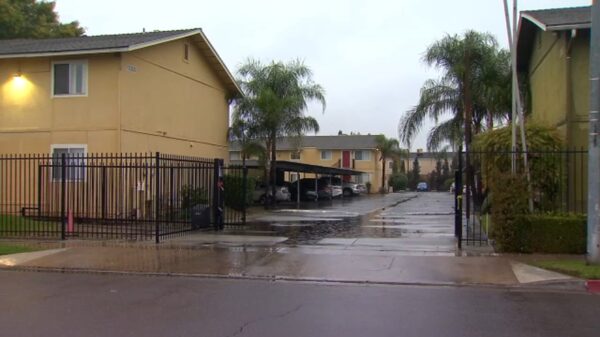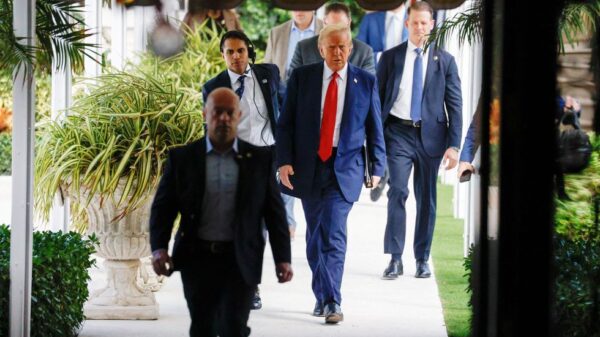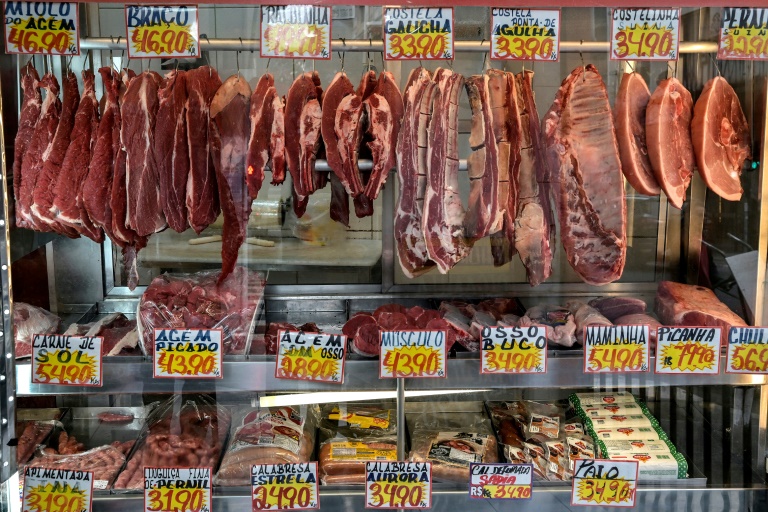Higher tariffs imposed by the United States took effect on Thursday, significantly impacting several economies as part of President Donald Trump’s aggressive strategy to reshape global trade. An executive order signed last week raised duties on a variety of products from various trading partners, with tariffs now ranging from 15 percent to as high as 41 percent.
The new tariff rates affect key economies, including the European Union, Japan, and South Korea, which are now facing a 15-percent duty on many goods. In contrast, countries like India will see a 25-percent tariff, set to double in just three weeks, while nations such as Syria, Myanmar, and Laos face even steeper tariffs of 40 or 41 percent. This latest wave of tariffs is part of Trump’s ongoing efforts to address what his administration perceives as unfair trade practices.
These elevated tariffs do not include sector-specific imports, which have been targeted separately. For instance, Trump has announced plans for a 100-percent tariff on semiconductors, although Taiwanese company TSMC will remain exempt due to its operations in the United States.
As the new tariffs take effect, industry groups are expressing concern about the potential impact on smaller American businesses. Economists warn that these levies could contribute to inflation and negatively affect economic growth in the long term. The debate over the effects on consumer prices is ongoing, with some analysts suggesting that the impact may be a temporary spike while others caution that the situation remains uncertain.
Georgetown University professor Marc Busch highlighted that U.S. businesses might pass increased costs onto consumers as inventories run low. A previous 90-day pause allowed importers to stock up, temporarily absorbing costs. However, with back-to-school shopping approaching, he noted, “This will matter politically.”
The implementation of these tariffs raises questions for nations that have recently negotiated agreements with the U.S. For example, the tariff arrangement between Tokyo and Washington is unclear, particularly regarding when reduced tariffs on Japanese automobiles will take effect. Currently, U.S. auto imports face a 25-percent duty under a specific order, and the timeline for any reductions for Japan, the EU, and South Korea remains undisclosed.
In a recent letter to Trump, the U.S. Wine Trade Alliance joined other industry stakeholders in advocating for a carveout from tariffs for the wine sector, arguing that wine sales are crucial for the profitability of full-service restaurants.
In a move that escalates the trade tensions further, Trump has also announced plans to double tariffs on Indian goods to 50 percent. This increase is linked to India’s continued purchase of Russian oil, which has become a contentious issue amid the ongoing conflict in Ukraine. The additional 25-percent duty will take effect in three weeks, with existing exemptions for certain goods, including pharmaceuticals and smartphones.
Additionally, Trump’s administration has taken a stand against Brazil, imposing tariffs that surged from 10 percent to 50 percent on various Brazilian goods. Despite this, key products like orange juice and civil aircraft remain exempt, softening the overall impact. However, tariffs on significant exports such as Brazilian coffee, beef, and sugar have been increased.
Many of Trump’s expansive tariff measures are currently facing legal challenges regarding the use of emergency economic powers, with potential implications that could reach the U.S. Supreme Court. As the situation develops, the international community will be watching closely to see how these trade policies evolve and their broader economic consequences.




































































